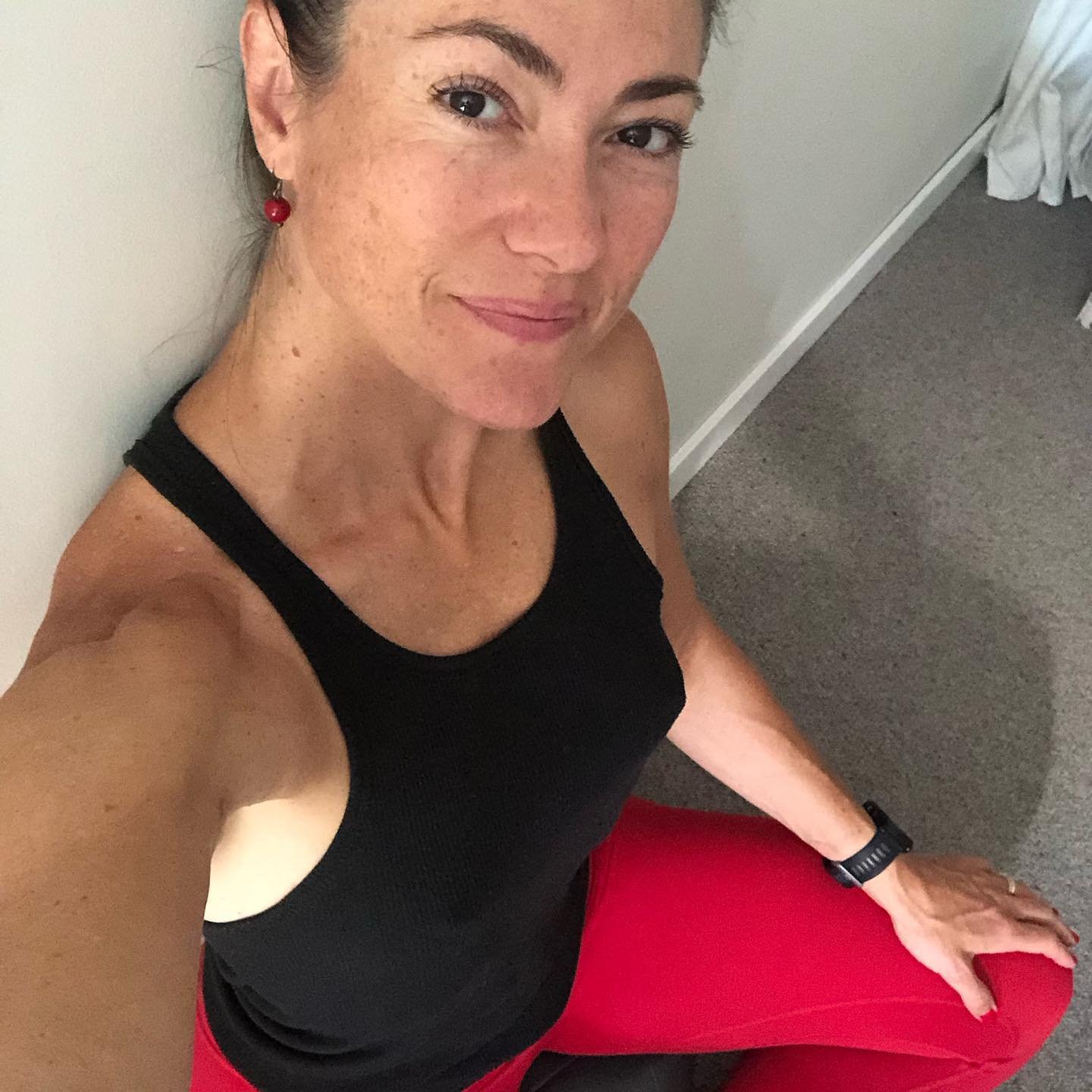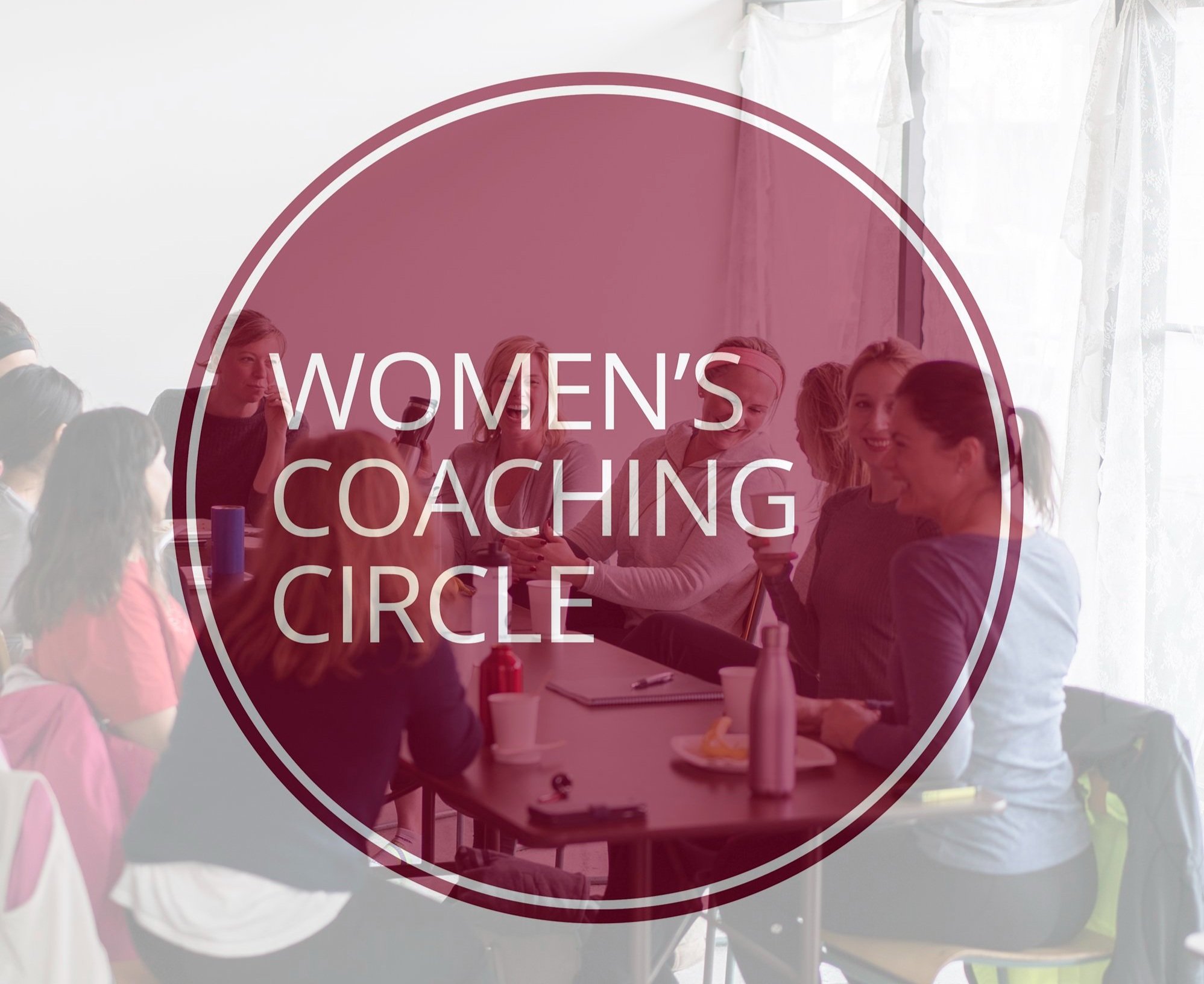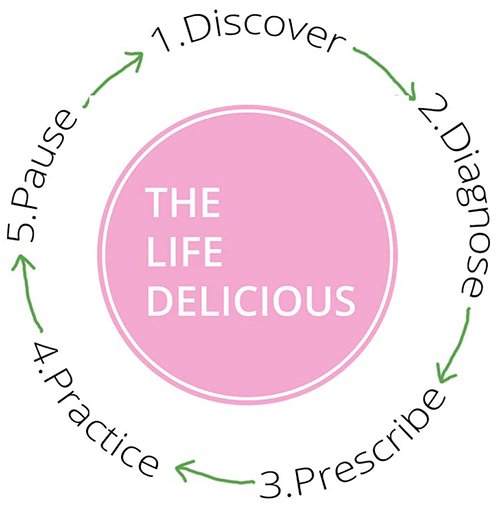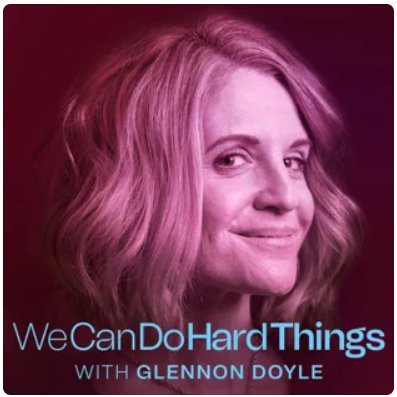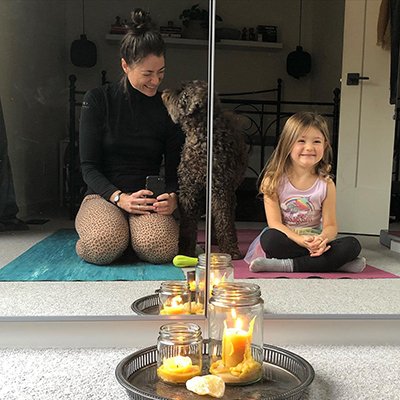As you may know, it's my mission to help women leaders reclaim their time and rediscover wellness.
I hear from many of you that you're pressed for time, too busy, and often overwhelmed.
Time is such a precious thing.
How can we shift the way we think and act to make more time for the things that are most important?
Personally, this shift has included the intention of creating more SPACIOUSNESS in my life.
Creating more spaciousness allows me to consistently practice healthy habits.
Creating more spaciousness allows me to easily insert moments of self-healing – like a candlelit bath, a 5-minute meditation, or a long walk on the beach – as the need arises.
Here are 3 tips to help you expand your precious time and make more room for simple pleasures:
1. BODY: take up more space and time with expansive posture and communication
As social psychologist Amy Cuddy shares in her awesome book (Presence: Bringing Your Boldest Self to Your Biggest Challenges) and TED Talk (Your body language may shape who you are), having expansive posture does three things:
changes your physiology (increases testosterone and decreases cortisol, helping you feel more confident and calm)
changes your perception of yourself (increases self-trust)
changes the way others perceive you
Imagine if you could spend a little more time training your body – through strength, cardio and mobility exercises – to be more expansive all the time?!
And with that extra confidence and energy, you could take your time curating clearer communication, to maximize your impact on the world around you.
Elizabeth Cronise McLaughlin, ex-lawyer and founder of The Gaia Leadership Project, calls this the "Big Inhale" in her fantastic WNORTH talk, New Paradigm Women's Leadership.
She shares 9 pivot points for this new paradigm and the last one "is about owning our power," says says, "and a big part of that is about the willingness to take up space.
"Before I walk into a room that I have not occupied, before before I sit down at a table that I have not sat down at before, I have this thing in my body that goes [BIG INHALE ] and I literally physically take up more space.
"We are all being called to take the deep inhale that takes us to the next level of sharing our gifts with the world."
2. MIND: get more focused and present by using meditation to slow down time
Meditation is such a short and simple (and FREE) tool to transform your mind – and I truly hope you'll give it a try if it isn't something you've been able to get into before!
Everything changed for me when I discovered Buddhist meditation teacher and author of Real Happiness: The Power of Meditation: A 28-Day Program, Sharon Salzberg.
Her simple breathing meditation focuses on “breath” vs. “not-breath”.
I’d wanted to practice meditation for years before I discovered her, and valued the gift of mindfulness, but struggled to be “good” at it because I thought I had to clear my mind completely to “do it right”.
Salzberg’s advice was revolutionary: It’s not not having thoughts that’s the goal, it’s recognizing that you’re having a thought and then getting back on track.
The practice is to focus on breathing in and out (you can label your inhale “in” and exhale “out” for a point of focus), and when you notice that you’re no longer doing that, label whatever you are thinking or feeling as “not-breath” and return to thinking about your breath, in and out.
This teaches your brain how to stay on track, so that when you get off track, you can quickly catch yourself and come back to the present moment and all of it’s deliciousness. So simple! So powerful.
3. SCHEDULE: say no to create more space in your day
How many times a day do you comply with things you don't want to do?
How many times a day do you waste time doing something that doesn't really serve you?
How would your life be different if you started saying NO more often – to yourself and others?
Refer back to my March 8 newsletter, Ready To Feel More Liberated?, to set yourself free from relentless busyness with the practice of opting out – to write both internal and external scripts for saying NO.
Wishing you more spaciousness – in body, mind and schedule!
